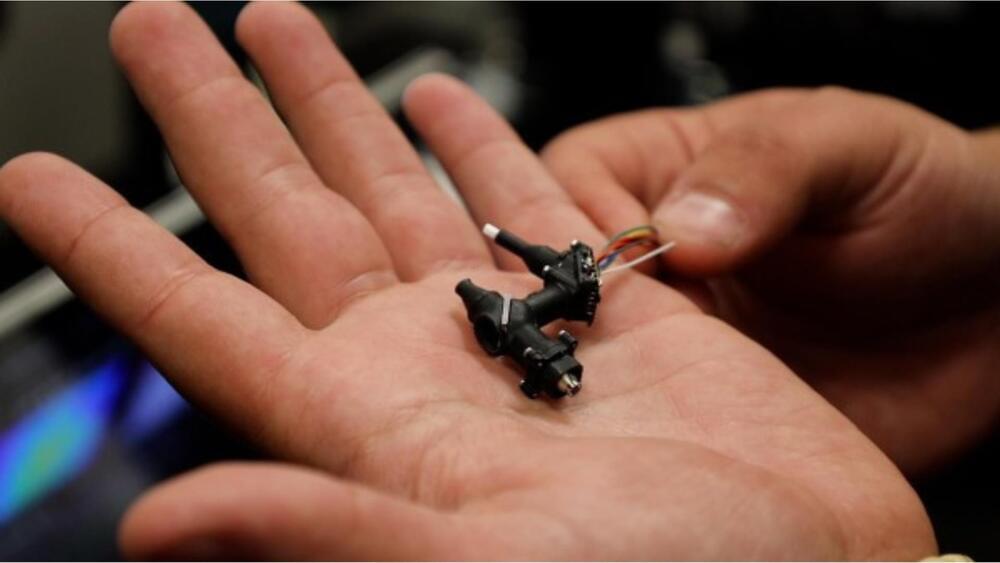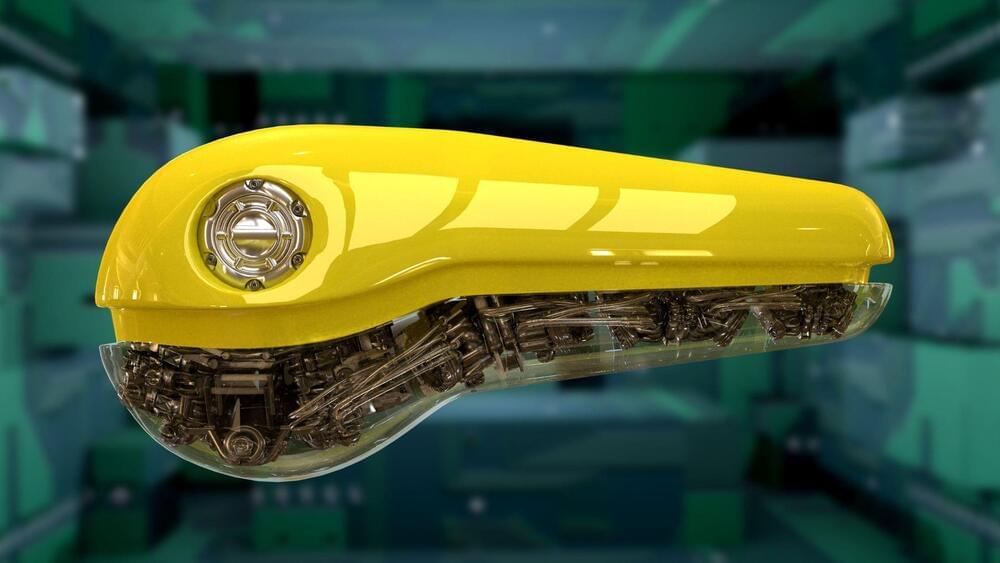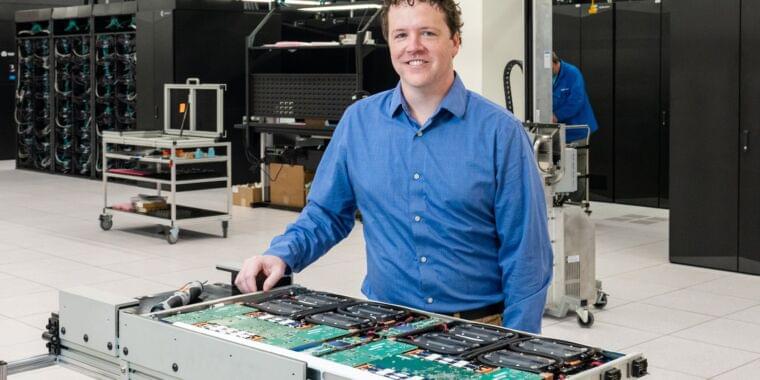Page 3508
Aug 9, 2022
The new device could be an artificial pancreas for diabetics
Posted by Gemechu Taye in category: biotech/medical
Aug 9, 2022
Researchers aim to turn Martian air, dirt and sunlight into iron
Posted by Gemechu Taye in category: space
Aug 9, 2022
Rockhounding 101: Bring out the Treasure Hunter in You
Posted by Gemechu Taye in category: futurism
Aug 9, 2022
Humanized Yeast: Scientists Create Yeast With Important Human Genes
Posted by Gemechu Taye in category: futurism
Aug 9, 2022
X-rays have been detected from behind a black hole for the first time ever
Posted by Gemechu Taye in category: cosmology
Aug 9, 2022
Sophisticated models provide a roadmap for Southern Africa’s clean energy future
Posted by Shubham Ghosh Roy in categories: economics, energy
The economy of Southern Africa is rapidly developing, driving a growing demand for electricity. Efficiently meeting this demand will require balancing social, economic, geographic, technological and environmental considerations.
Researchers at UC Santa Barbara led an international team that analyzed the region’s resources and power grid. Using this data, they developed an energy portfolio that most effectively meets Southern Africa’s 2040 energy requirements, finding that wind and solar are the region’s most cost-effective options. What’s more, their model’s proposal effectively freezes greenhouse gas emissions at 2020 levels while doubling the amount of electricity the grid can produce. A detailed analysis appears in the journal Joule.
Currently, Southern Africa’s 315 million people use about 275 terawatt hours, roughly the same amount as California. “However, Southern Africa is expected to double its electricity demand by 2040,” said co-lead and corresponding author Ranjit Deshmukh, an assistant professor in UCSB’s Environmental Studies Program. “Developing the region’s excellent wind, solar and natural gas resources is the least expensive option for its consumers, and can meet this demand without increasing the region’s electricity sector carbon emissions.”
Aug 9, 2022
1.1 quintillion operations per second: US has world’s fastest supercomputer
Posted by Shubham Ghosh Roy in categories: information science, supercomputing
The US has retaken the top spot in the world supercomputer rankings with the exascale Frontier system at Oak Ridge National Laboratory (ORNL) in Tennessee.
The Frontier system’s score of 1.102 exaflop/s makes it “the most powerful supercomputer to ever exist” and “the first true exascale machine,” the Top 500 project said Monday in the announcement of its latest rankings. Exaflop/s (or exaflops) is short for 1 quintillion floating-point operations per second.
Frontier was more than twice as fast as a Japanese system that placed second in the rankings, which are based on the LINPACK benchmark that measures the “performance of a dedicated system for solving a dense system of linear equations.”
Aug 9, 2022
Untangling life’s molecular mysteries using AI is a welcome advance
Posted by Shubham Ghosh Roy in categories: biological, robotics/AI
Artificial intelligence has turned its power on deciphering the complex structures of proteins, the substances behind many vital processes in cells. It is a great boost for biology and, ultimately, wider society.
Aug 9, 2022
Soap molecule could help make alternative LED tech commercially viable
Posted by Shubham Ghosh Roy in categories: robotics/AI, solar power, sustainability
Adding a molecule normally used in detergent to an infrared LED could make devices that are easier to manufacture, require less energy and display richer colours than existing ones.
Solar cells and LEDs made from perovskite, a titanium and calcium crystal, have long held promise as being more efficient and easier to produce than commonly used silicon-based devices, but making them both stable and efficient enough to rival silicon’s commercial success has proved difficult.
What gives humans the advantage over our incoming robot masters? Junaid Mubeen at New Scientist Live this October.


















